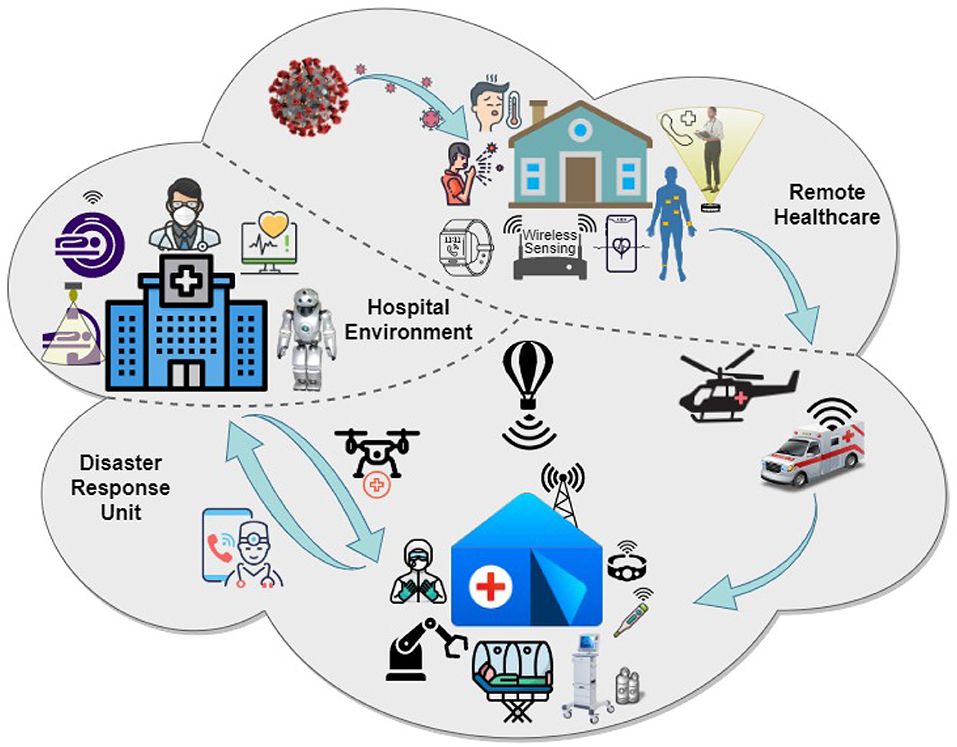

However, across industries, there is a strong tendency to emphasize the division of labor and ignore mechanisms of coordination and integration ( Heath & Staudenmayer, 2000). Managing complex work usually involves breaking it into tasks and delegating components of the work. The teamwork and communication challenges in health care manifest the problem of coordination neglect in organizational systems ( Heath & Staudenmayer, 2000).
Timely communication ctmr tool hospital professional#
Hierarchy (e.g., between professional roles, and over occupational tenure) can inhibit the assertive communication necessary for effective recovery from error ( Sutcliffe, Lewton, & Rosenthal, 2004) such as violation of evidence-based treatment protocols. Poor communication of medication name, dose, route of delivery, and timing of administration between physicians, pharmacists, nurses, and patients can lead to medication errors ( Keers, Williams, Cooke, & Ashcroft, 2013). Additionally, care team member interactions contribute to specific clinical harms. These transitions are associated with approximately 28% of surgical adverse events ( Gawande, Zinner, Studdert, & Brennan, 2003). They are high-risk interactions in which critical information about the patient’s status and plan of care can be miscommunicated, leading to delays in treatment or inappropriate therapies. Transitions of care (i.e., between care areas or shift changes) in acute care settings are leading opportunities for communication failures directly causing patient harm. Each manifests through complex interactions in the sociotechnical care delivery system.Ĭommunication failures are both an independent cause of preventable patient harm and a cross-cutting contributing factor underlying other harms. These harms include hospital-acquired infections ( Klevens et al., 2007), patient falls ( Miake-Lye, Hempel, Ganz, & Shekelle, 2013), diagnostic errors ( Newman-Toker & Pronovost, 2009), and surgical errors ( Howell, Panesar, Burns, Donaldson, & Darzi, 2014), among others ( Pham et al., 2012). health care, which may exceed 250,000 deaths per year ( Makary & Daniel, 2016).

The Importance of Teamwork to the Quality and Safety of Care DeliveryĪcademics, policymakers, and the public are increasingly aware of the magnitude of preventable patient harm in U.S. We also distill potential avenues for future research and highlight opportunities to understand the translation, dissemination, and implementation of evidence-based teamwork principles into practice. Specifically, we highlight evidence concerning (a) the relationship between teamwork and multilevel outcomes, (b) effective teamwork behaviors, (c) competencies (i.e., knowledge, skills, and attitudes) underlying effective teamwork in the health professions, (d) teamwork interventions, (e) team performance measurement strategies, and (f) the critical role context plays in shaping teamwork and collaboration in practice. In this review, we synthesize the evidence examining teams and teamwork in health care delivery settings in order to characterize the current state of the science and to highlight gaps in which studies can further illuminate our evidence-based understanding of teamwork and collaboration. The coordination and delivery of safe, high-quality care demands reliable teamwork and collaboration within, as well as across, organizational, disciplinary, technical, and cultural boundaries. Health care delivery systems exemplify complex organizations operating under high stakes in dynamic policy and regulatory environments. Ineffective care coordination and the underlying suboptimal teamwork processes are a public health issue. Multiple visits often occur across different clinicians working in different organizations. A single visit requires collaboration among a multidisciplinary group of clinicians, administrative staff, patients, and their loved ones.

In the United States alone, an estimated 85% of the population has at least 1 health care encounter annually and at least one quarter of these people experience 4 to 9 encounters annually. Few industries match the scale of health care.


 0 kommentar(er)
0 kommentar(er)
